Admittedly, I looked strange.
I was lying on the ground in front of Bodhanath Stupa, camera in hand, waving one hand wildly in the air while the other held my camera, eye pressed tightly to the viewfinder.

“You know those are only pigeons, right?” inquired a voice from behind, certainly trying to be helpful, ensuring I hadn’t mistaken the birds surrounding me with danphe (Himalayan monal) or some other rarity.
“I know, thanks,” I replied with a smile. “Just pigeons, but still beautiful.”
As I continued shooting, waving one hand to get the birds into flight while I clicked the shutter with the other, a classic scene from perhaps my favorite film, 1971’s Harold & Maude, filled my memory, one filled with such simple profundity it strikes me every time.
In the scene, Harold (Bud Cort) and Maude (Ruth Gordon) are sitting on the seaside when Maude recounts a story of Alfred Dreyfus, the French Jewish soldier imprisoned for years on Devil’s Island on a false, antisemitic-driven charge of treason. In the story, Dreyfus would look out his cell window and see daily the most beautiful, glorious birds. Years later, he would discover those birds were only seagulls.
“To me, they’ll always be glorious birds,” Maude says with wistful certainty.
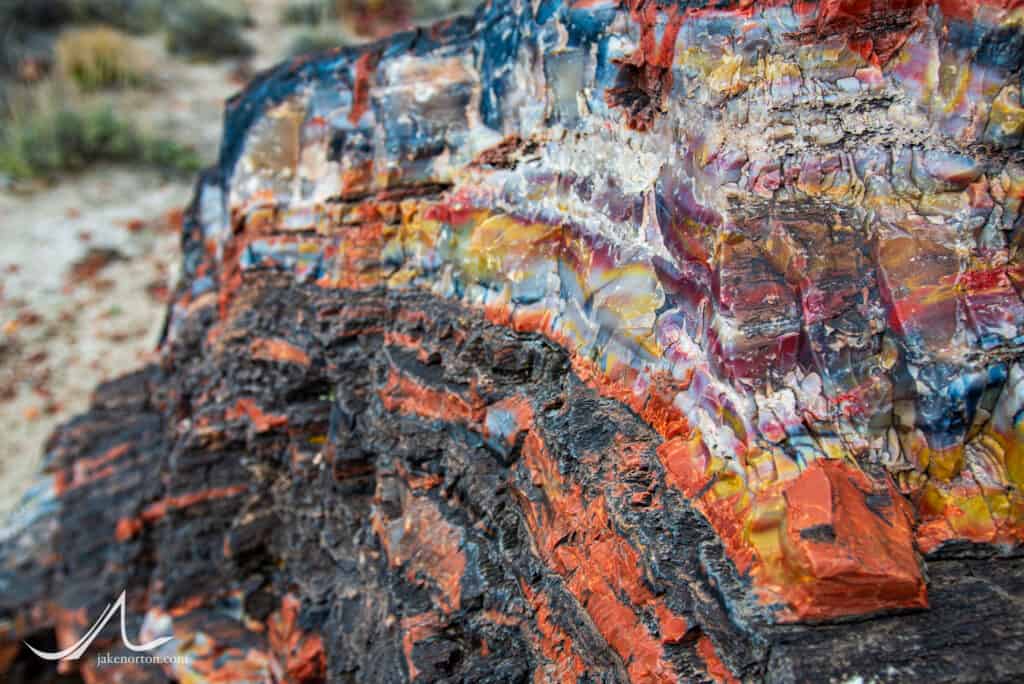
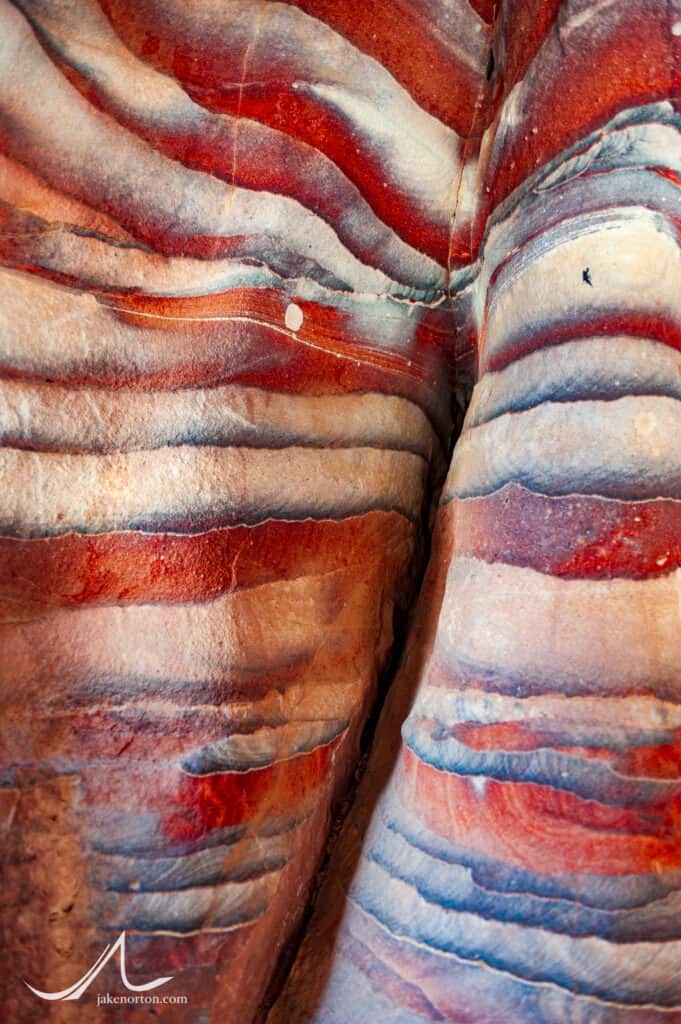
In the film, this scene tells us a lot about the characters, about Maude’s life (pay close attention) and the thoughts, experiences, perspectives that form her unique take on life. It tells us also a great deal about our lives, our thoughts and perspectives and experiences.
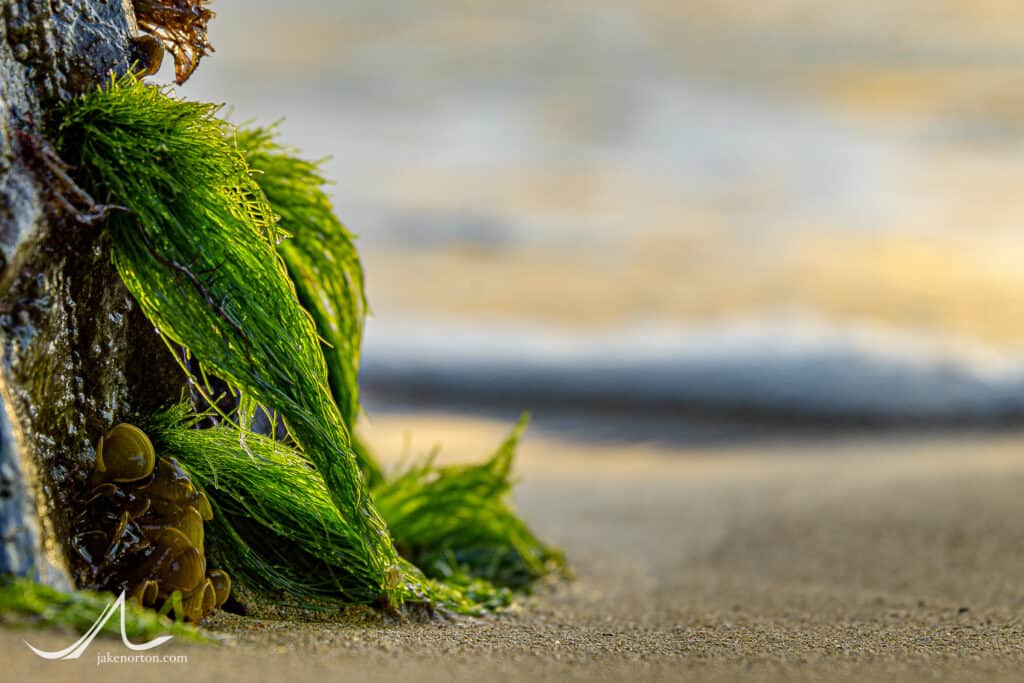
Glorious birds.
How many of us have spent much of our lives searching only for the glorious birds, the hyperbolic, the extraordinary, dismissing the common seagulls, the ordinary, as mere flotsam of life?
I know I have.
Our society tells us to do just that, seek the miraculous and shun the common. Share only highlights, silence the mundane. Climb Everest, not Monadnock; embrace the grand vista, majestic sunset, while standing on - and ignoring - the finery which comprises the whole. We fixate on the big show, the loud boom, the audacious and extravagant.
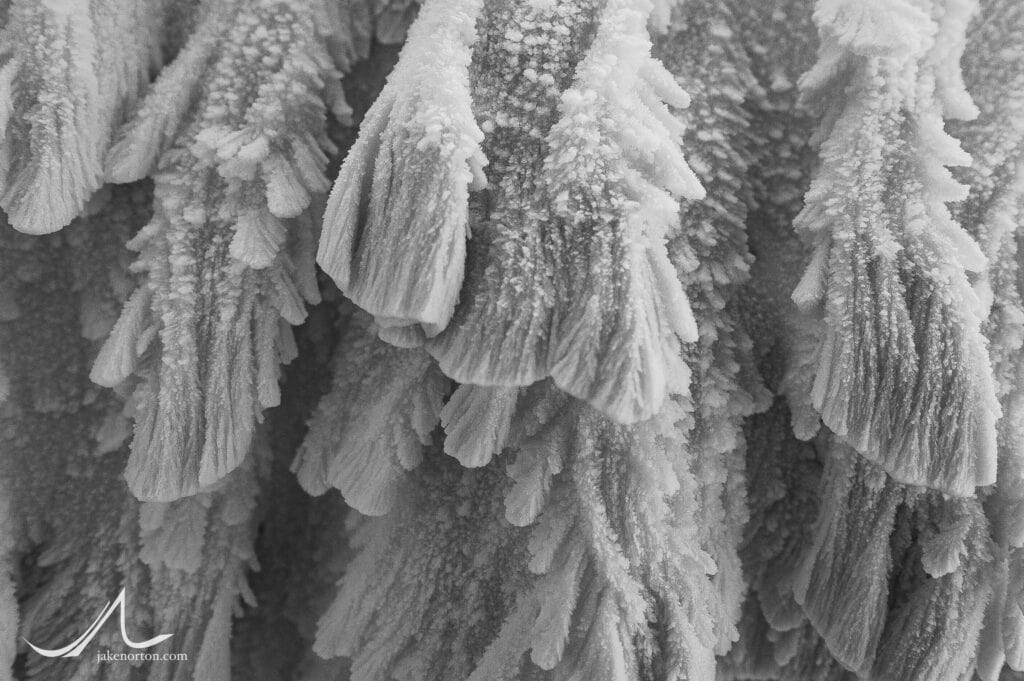
And in so doing, we miss the beauty of mundanity, the subtle astonishment hidden in the everyday; we miss the details of the moment, the intricacy of an ice crystal or a leaf’s vein, logarithmic spirals and painted reflections, the breathtaking simplicty of a water droplet.
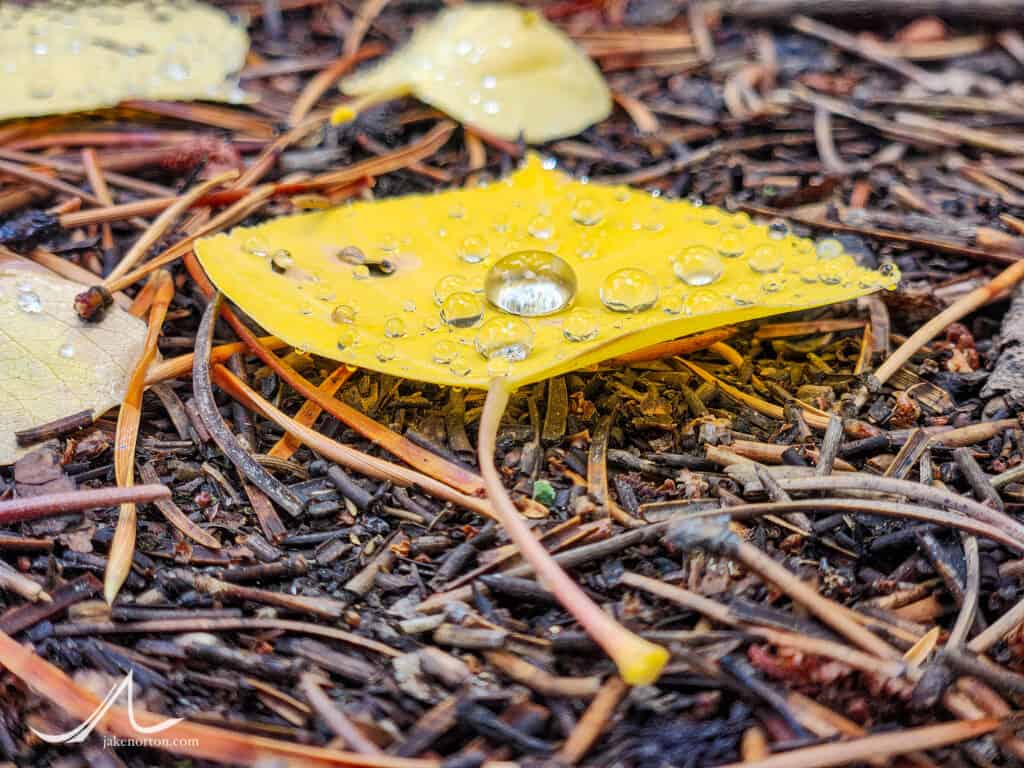
I remember years ago, as a student at Colorado College, I took a course on nature writing from the amazing author Ann Zwinger. A substantial element of the class was spending time - a week’s worth - in a single, solitary spot outside of Crestone, Colorado.
I chose my spot with a focus on grandeur: a cliffside perch on the slopes of Venable Peak affording expansive views of the San Luis Valley. My first writing of the course expounded with impressive vapidity on the views, the sunsets, the grandiose perspective afforded by my high perch.
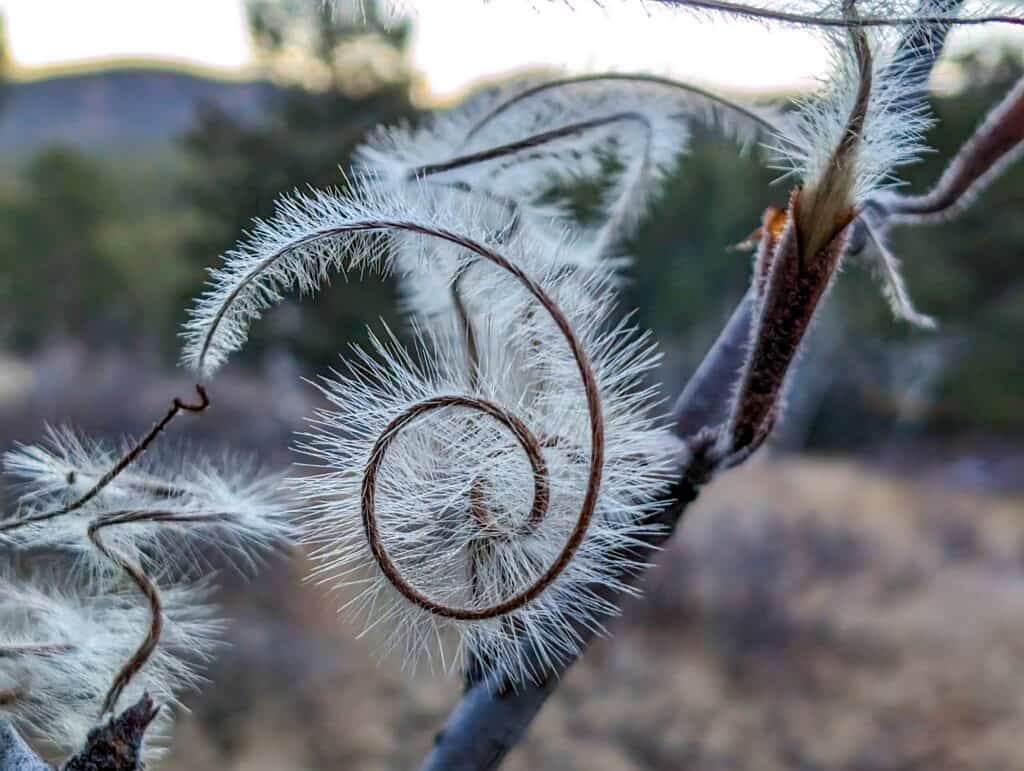
“Did you look at the ground at all?” Ann asked kindly, sternly. “Did you bother to pick up a rock, see all that lives beneath it and what it does and how it does it and why, and then place the rock back precisely where you found it? Or did you simply see the sunsets…the same sunsets that everyone in this darn valley sees all year?”
Ann, of course, was spot on: I had only seen the obvious, the grandiloquent majesty of sunset and view. Missing from my writing - and thus from my experience - was the detail, the mundane minutia which hold within them more beauty, wonder, awe, and explanation than any sunset could ever hope for. Contrary to popular idiom, I was missing the trees for the forest.
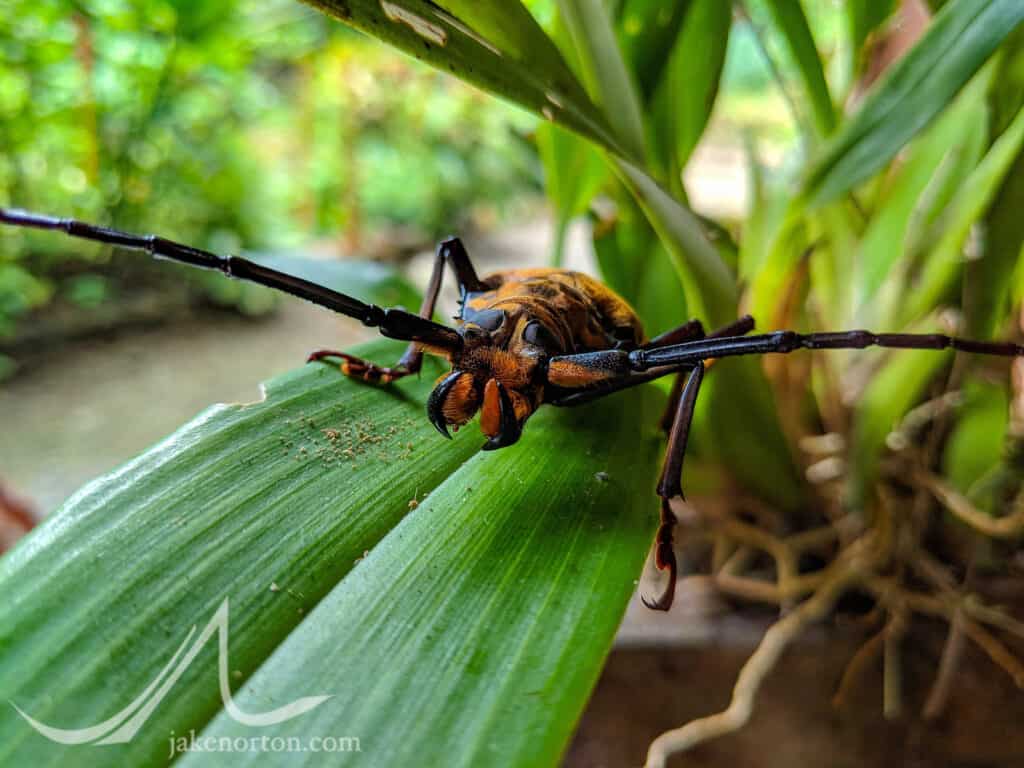
So, I went back to my perch. I lifted rocks and watched ants and grubs wriggle in the earth, making notes of their features and activities. I measured lichen and counted tree rings. I listened to the whistling wind and the baleful howl of distant coyotes. I saw a vastness, an enchanting expanse of wild and wonder, without ever looking at the view.
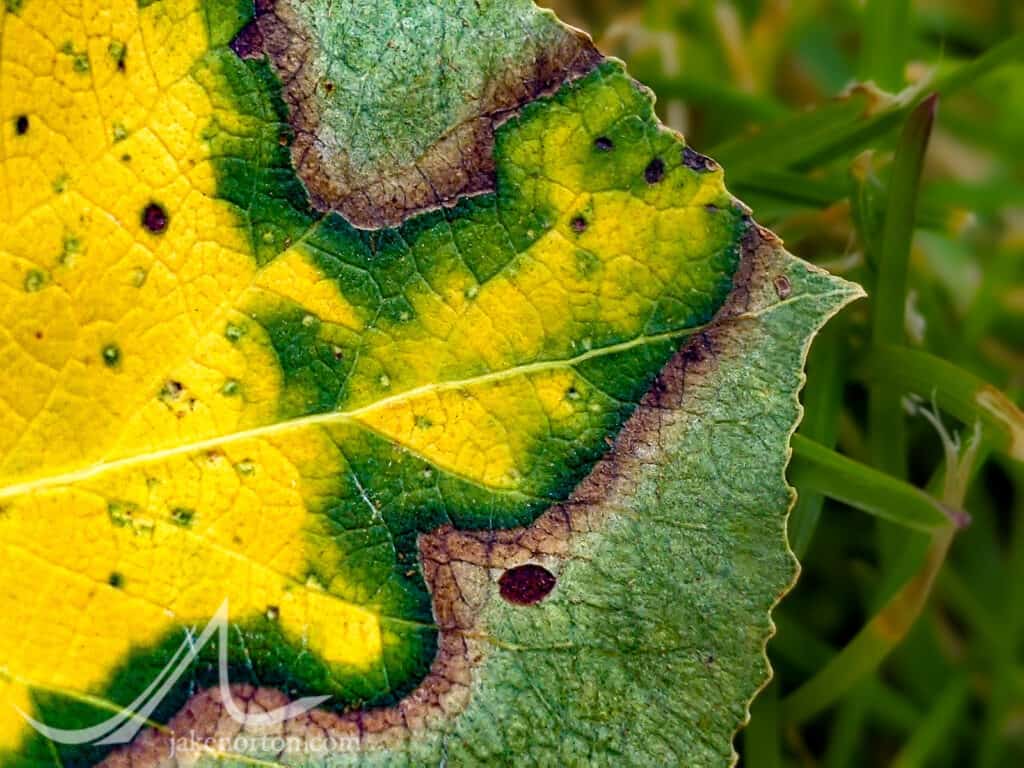
In the years since, I've held tight to Ann's lesson, the quiet teaching of Maude: seek out the detail, find the beauty in the common, celebrate the simple and tug the threads of the whole.
And so it is: questing for the exceptional is a journey to disappointment. When we spend all our time looking only for the glorious birds - dismissing all the seagulls and pigeons - we discover a zero-sum game, for the glorious eventually, too, become common. And it so doing we fail to notice the subtle, simple, sublime details, the delicate and refined threads forming the vast tapestry of experience.
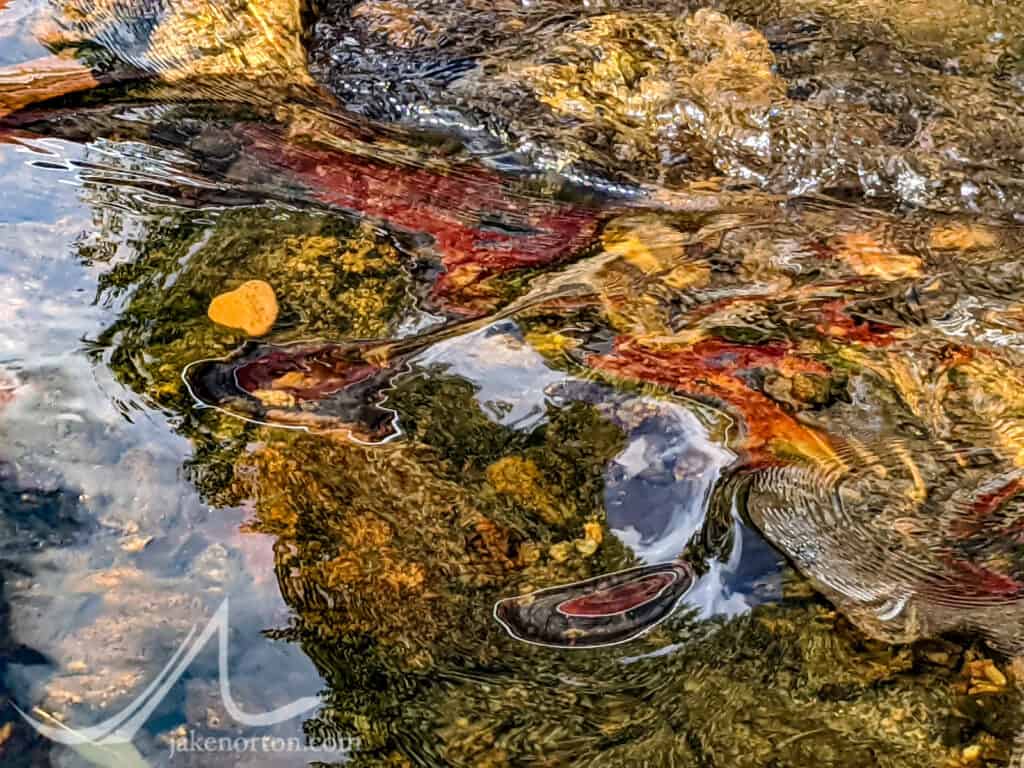
So go out and find those glorious birds, even if they’re only seagulls.

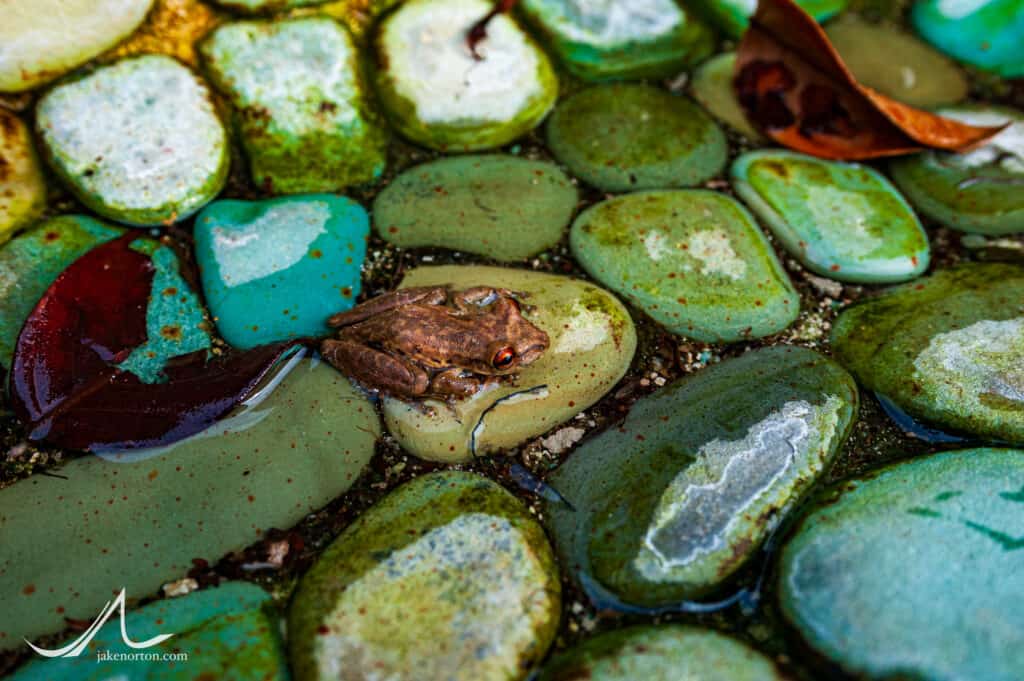
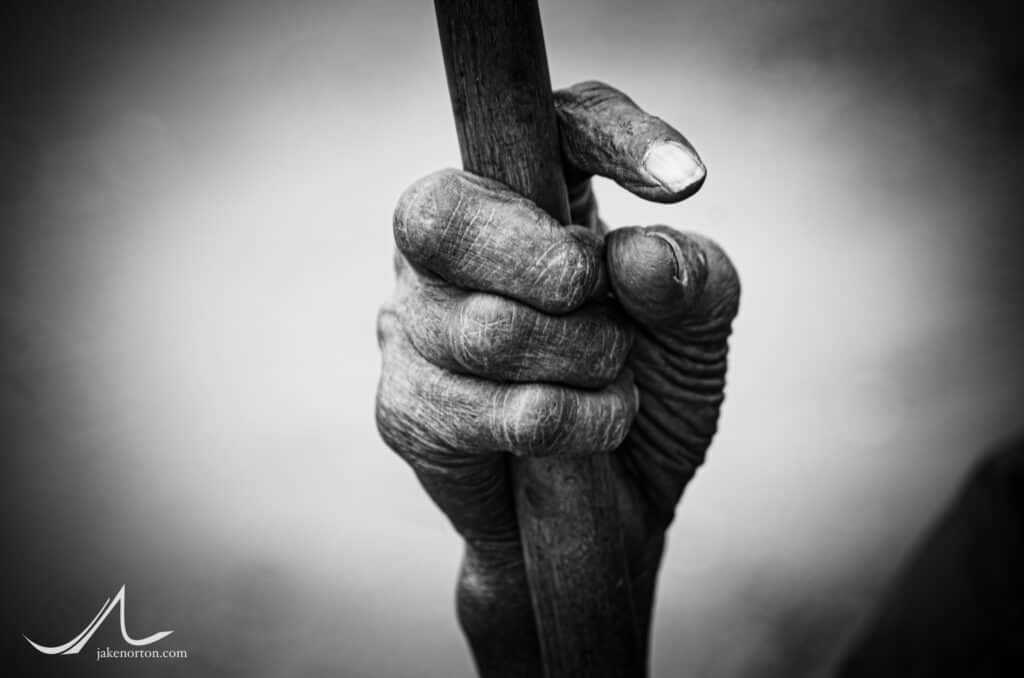
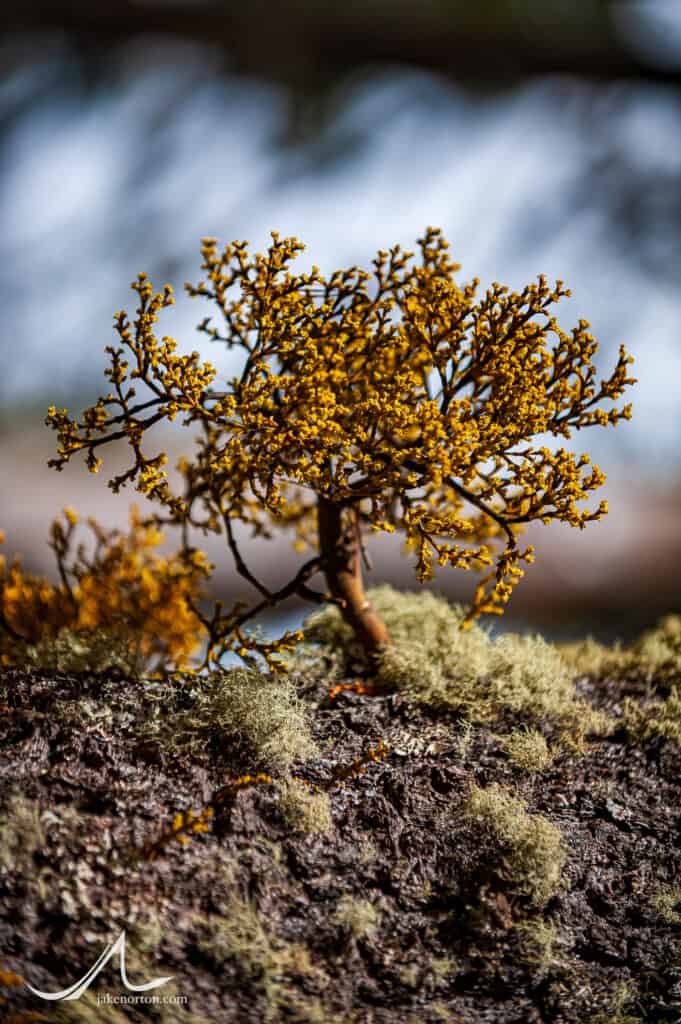

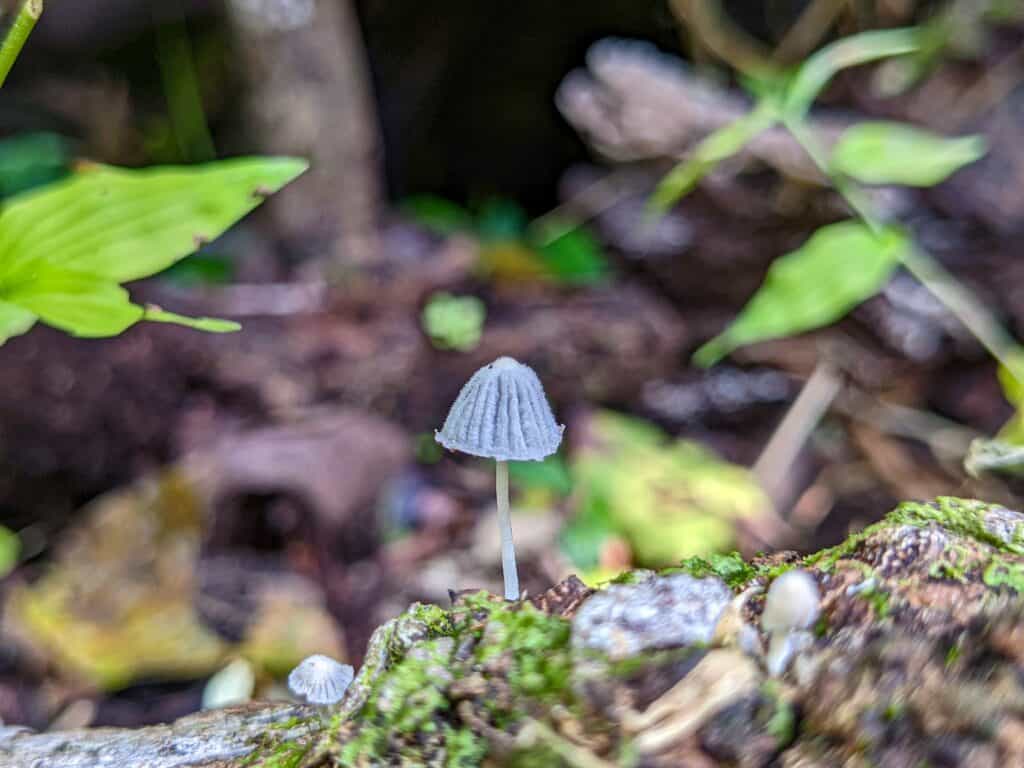

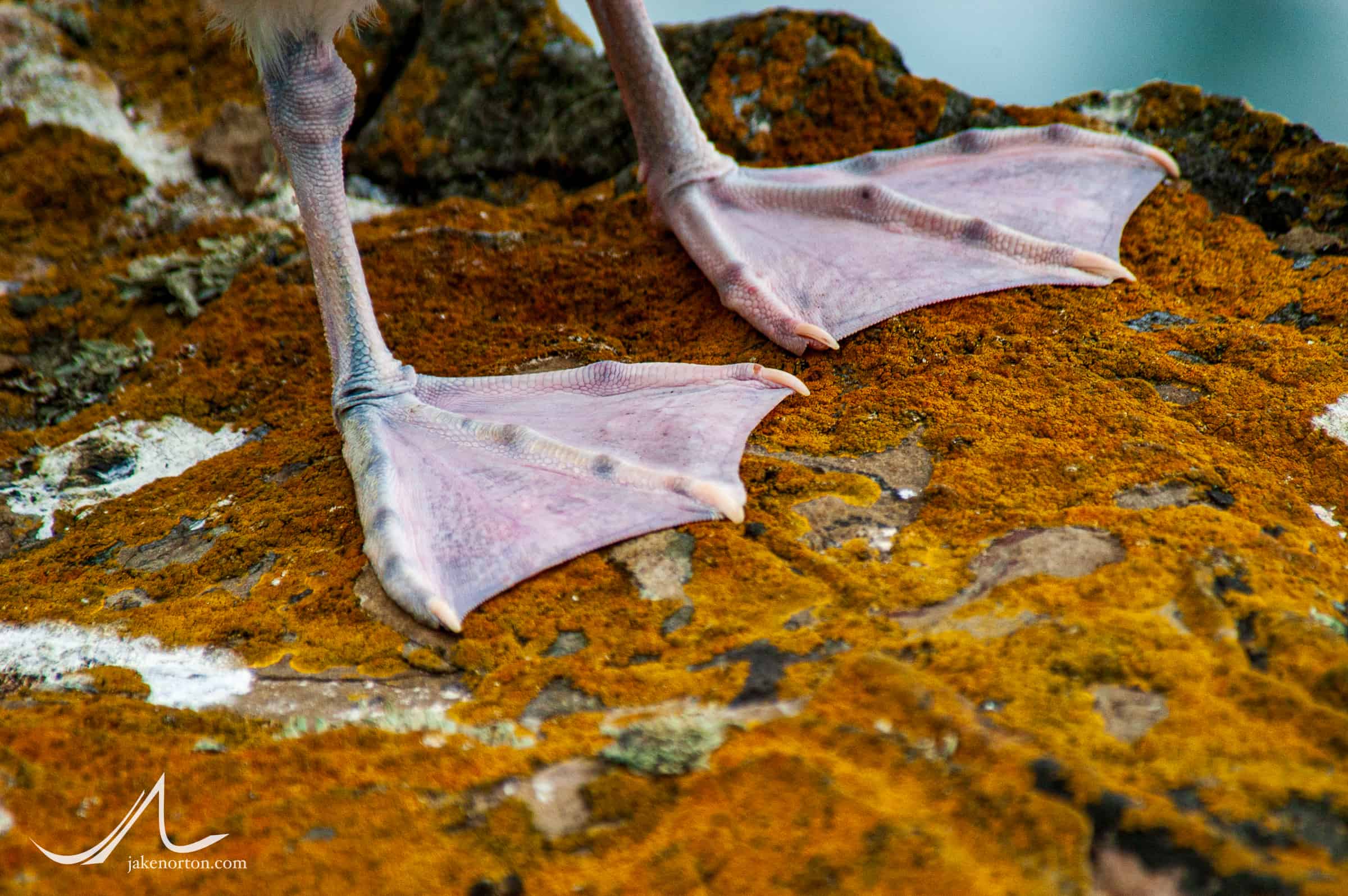


Beautiful shots and message, Jake. Might have to rewatch Harold and Maude for the umpteenth time.
Thanks, Julie - me, too! Watched it with the kids about a year back, but it's probably time for another round. Hugs to you and the whole crew!
A wonderful read, Jake. A good reminder to everyone. In my early days of teaching, I would often give a copy of "Zen in the Art of Archery" to my graduating advanced students. It's message struck a similar tone of simplicity and close observation, as a path to deeper discovery. Another good complement to that philosophy is the Japanese notion of Wabi Sabi, which examines and honors the unique and humble beauty found in imperfection.
Thank you for your reflections, and the path of creativity and stewardship that you are on.
Dear Franz, Thank you, as always, for your thoughts and insight. I still remember well your eternal insights into how to truly see from photo classes with you at Holderness years ago. I remember them every time the camera comes to my eye, and of course even when it's not there and I'm just working to see the world around me. Thank you, and hope all is well!
Fabulous message! Love all the adventuring you do, even just in the back yard! Happy 2024!
Hi Jacqueline! Thanks for your note, and great to hear from you! Likewise, I love all the adventuring you do, and all the impact you make in our world. Thank you, and Happy 2024 to you as well!
Jake, Of my four years at CC, one moment stands out. It was the first day of Anne’s “creative writing in natural history” class which she taught every other year and I am so pleased that you and Than took it too. That one class taught me how to look, research, collaborate, and blend the magnificence of nature with the beauty of art. She and I were both art history majors, with a love of nature. On the first day of class, she asked us to take pencil and paper outside and sit still. Feel. Smell. Touch. See. And then write what our senses had encountered. Education is a gift, and in that class we got a good one.
Thanks, Alicia. I remember your experience with Anne at CC was a major inspiration and catalyst for me to take her Nature Writing course in the first place. Yes, her ability to force us distracted students to sit and fully see through all our senses - and then record and write about it - was a massive gift. Thanks for the inspiration so many years ago! Love to you and your family!
I love this so much.
It reminds me of my father who passed away in March. He was an immigrant who worked so hard, but he never lost sight of beauty in the ordinary. Im looking at the bulletin we made for his memorial service—it’s a photo of him and my mom in Amsterdam, they’re feeding pigeons. He’s got a great big smile on his face and several pigeons in his arms.
Thank you, Sherry, and how I love the image of your Dad holding and feeding pigeons, never losing sight of the beauty to be found everyday, everywhere. Thank you for sharing, and I'm sorry about your father's passing, but happy that his life and legacy live on!
Be well,
Jake
Keep looking. ……..there’s more!
Always more to see! Thanks, Dad!